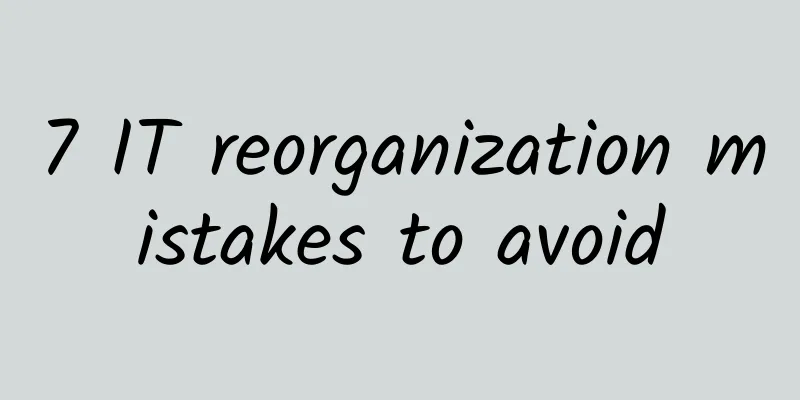How to distinguish network cables? Eight steps to teach you how to choose network cables

|
Many people don't know how to distinguish network cables. From the appearance, each network cable is similar. How can you tell which product you bought is right? In fact, network cables are divided into four iron and four aluminum wires, and all-copper network cables! Therefore, it is very important to distinguish whether the network cable we bought is all copper or iron-aluminum. Here I will teach you how to distinguish network cables. How to distinguish network cables? 1. First cut open the outer layer of the sheath, remove the insulation, and then cut a small section of the conductor to observe whether the copper color of the cross section is uniform. If it is pure copper, it will be a uniform golden color; but if it is mixed with iron or aluminum, or other alloys, obvious white spots or black can be seen. 2. When the surface of the conductor copper is burned with a positive fire, the outer color will turn black while the inner color will remain unchanged yellow. After wiping off the burned black part, the copper will still retain its original color; but if it contains iron, it will be a dull black no matter how you rub it. 3. For the inner insulating part, you can pull out a section of it with an empty sleeve, then pinch both sides with your hands and stretch it to both sides. The longer the stretching, the better the material quality; the color itself is bright and the surface is smooth. 4. The outer sheath has different colors, which are determined by customer requirements, usually dark gray or light gray. The sheath surface color is uniform and tight, and the cross section is clearly gray and white without impurities; the material body is torn without threads, and the line is easy to pull apart when it is straight and torn downwards, which is convenient for splicing; the horizontal tearing is difficult to protect, and the two different tearing methods prove that the material is original.
Network cable selection steps 1. Packaging: Category 5e network cables are marked with CAT5E and should contain 305 meters (1000 feet) per box. Category 5 cables are marked with CAT5. If the packaging is not 305 meters per box, it may not be a network cable. Labels on the cables: Regular manufacturers' product labels have lengths marked on them, which makes it easy to identify how many meters of cable are used and how many meters are left in a box when doing projects. 2. Tested with a multimeter: The resistance of a 305-meter single-core national standard network cable is about 28 ohms, while the resistance of some fake Category 5e network cables on the market is even up to 50 ohms, shortening the transmission distance by almost half. 3. Network cable materials: Some low-quality network cables have 2 pairs of copper wires and 2 pairs of copper-clad iron wires among the 4 pairs. They are not a big problem when used in computer networks, but will cause interference when used in monitoring systems. They can be identified by using a magnet. 4. Visually: The twist density of the twisted pair should be close to 1CM. 5. Category 5e twisted pair is an unshielded twisted pair. Compared with ordinary Category 5 twisted pair, Category 5e twisted pair has less attenuation when transmitting signals and stronger anti-interference ability. In a 100M network, the interference level of user equipment is only 1/4 of that of ordinary Category 5 cables. 6. Category 5e twisted pair also uses 4 winding pairs and 1 tensile wire. The colors of the wire pairs are exactly the same as those of Category 5 twisted pair, namely white-orange, orange, white-green, green, white-blue, blue, white-brown and brown. The bare copper wire diameter is 0.51mm (wire gauge is 24AWG), the insulated wire diameter is 0.92mm, and the UTP cable diameter is 5mm. 7. Category 5e unshielded twisted pair cable is a cable that improves some of the performance of the existing Category 5 shielded twisted pair cable. Many performance parameters, such as near-end crosstalk, attenuation-to-crosstalk ratio, and return loss, have been improved, but its transmission bandwidth is still 100MHz. 8. Unshielded twisted pair cable is composed of multiple pairs of twisted wires and a plastic sheath. Category 5 refers to the five different quality levels defined by the International Electrical Industry Association for twisted pair cables. |
<<: Why ICO made a mistake and blockchain will still lead the era
>>: What is AWG? Why is AWG an important parameter when choosing cables?
Recommend
IKIHOST: $4/month-4GB/40G NVMe/1Gbps unlimited traffic/Los Angeles data center
The tribe shared information about IKIHOST last y...
Satellite communication networks will also need to be accelerated in the 5G era
Although it will take several years for 5G to be ...
eSIM card, where is the future?
On March 29, 2019, China Unicom held a joint firs...
Education takes off with 5G smart technology
Education is the foundation of a country, and 5G ...
Byte One Follow-up: Do you know the TCP/IP four-layer model? What protocols are there in each layer?
This article is reprinted from the WeChat public ...
Foreign media: China is so weird! With 5G networks so advanced, is it unnecessary to increase the speed?
I believe everyone knows that my country's Hu...
A brief analysis of the application of NAT technology in cloud gateway
Labs Guide With the increase of network applicati...
Practicing ESG, Shengye continues to promote sustainable development of supply chain technology
ESG is an acronym for Environment, Society and Go...
Is your phone stolen within minutes after you lose it? Teach you how to set the SIM card password
The Ministry of Industry and Information Technolo...
Chairman of the five major operators talks about 5G: "Team competition" and "Individual competition" on the road to 5G
September 1 news, at the main forum of the "...
Learn dynamic routing protocols from scratch and never get lost in network routing again!
Classification of dynamic routing protocols Class...
Operational data of the three major operators in May: 5G has a unique outlook
Now in the motherland, more than 10,000 5G base s...
Smartphones supporting Wi-Fi 6/6E will dominate the market by 2025
Wi-Fi 6E will be commercially available in 2021. ...
5G ToB development enters a golden period, and industry-specific networks enable digital transformation
[[386226]] 1. Introduction With the vigorous prom...
LisaHost: Los Angeles dual ISP/residential IP hosting 10% off starting at $61/month, triple-network AS9929 backhaul
LisaHost recently added a series of Los Angeles d...



![[Black Friday] DesiVPS: $17/year-1GB/15G NVMe/1.5TB@10Gbps/San Jose Data Center](/upload/images/67cabcf294ba3.webp)





